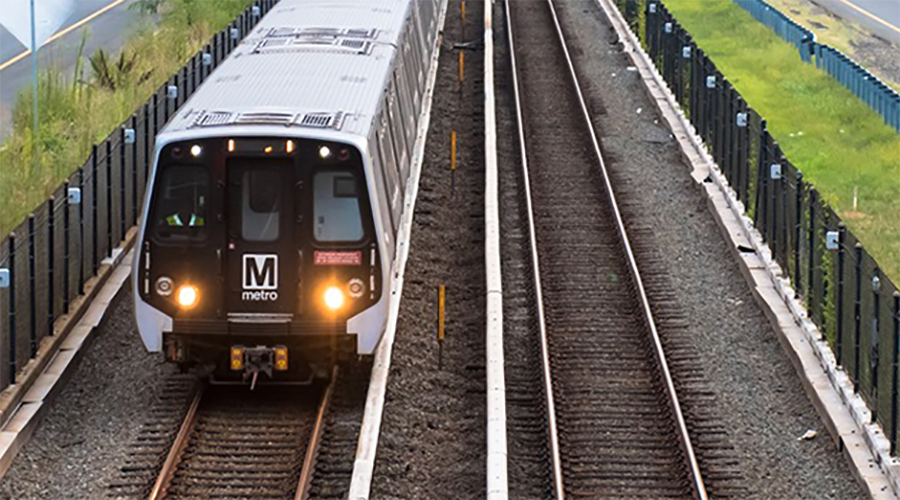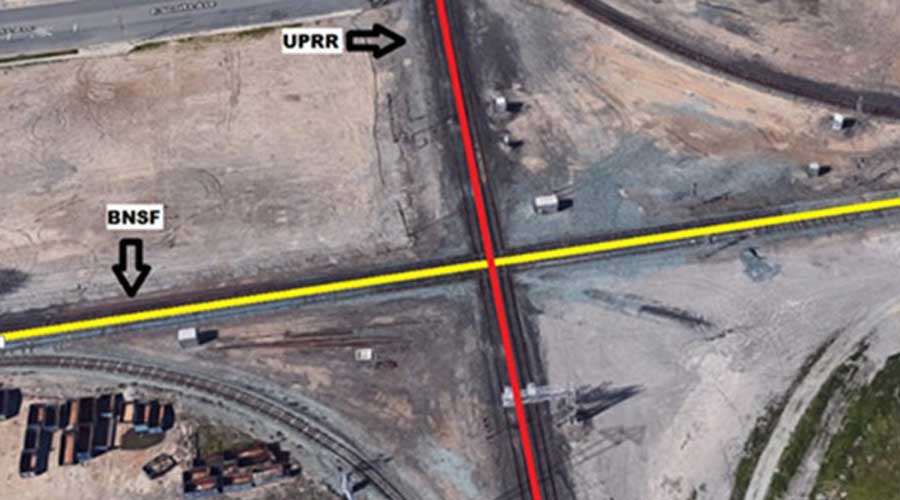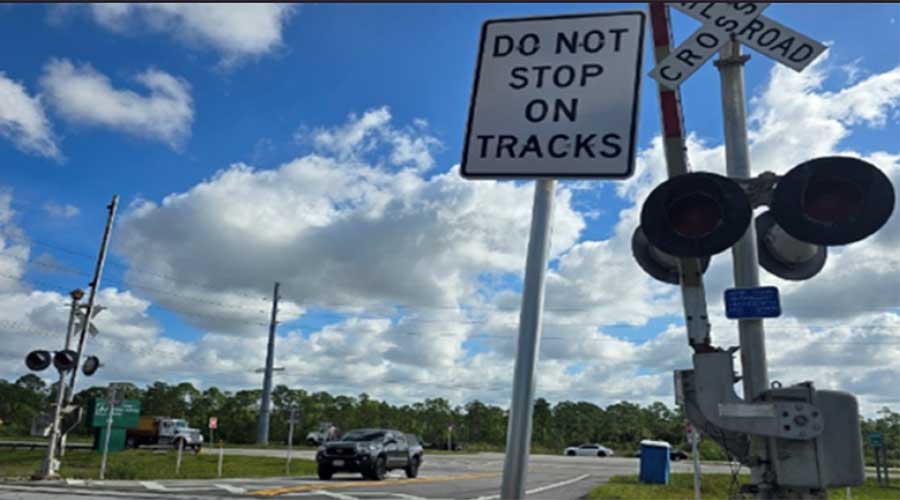Stay updated on news, articles and information for the rail industry
12/15/2014
Rail News: Passenger Rail
MTA blames NYCT derailment on track defects, seeks federal funds for Canarsie line
Several unrepaired track defects were the cause of a subway train derailment along the Queens Boulevard line in early May, MTA New York City Transit (NYCT) officials concluded late last week in their final investigative report on the incident.
The report uses prior inspection reports to identify several minor defects in track components at the derailment point. Although none of the defects individually could have caused the derailment, a combination of defects in one location was the most likely cause, NYCT officials said in a news release.
The agency has changed its inspection protocols to ensure rail defects are appropriately identified and repaired.
"Nothing is more important than providing the safest transportation possible for our customers and employees, so determining the cause of this derailment was a top priority for us," said NYCT President Carmen Bianco. "We immediately took corrective action to ensure we always focus on identifying and correcting track defects. This will minimize the risk of future derailments."
An eight-car F train derailed the morning of May 2 as it traveled toward Manhattan on the express track south of the Jackson Heights-Roosevelt Avenue station, under Broadway at 60th Street. A seven-foot, 11-inch section of a 19-foot, six-inch-long rail broke under the train as it traveled at 40 mph, causing six of the eight cars to derail. About 30 riders and two employees reported minor injuries. Total damage was estimated at more than $2 million.
NYCT's Office of System Safety reviewed video data from prior automated inspections where the derailment occurred. The videos showed that a metal plate and fasteners under the rail had been broken for at least a year before the derailment but were not replaced. The wooden tie under that plate was also in poor condition. Maintenance records also showed that in the 11 months before the derailment, two other broken rails had been reported and replaced in the same 19-foot, 6-inch section of rail.
The report concludes that Division of Track personnel did not identify, document and correct the track defect at that location, either during regular inspections or when the two prior broken rails were replaced. They also did not adequately investigate the underlying causes of the broken rails.
Investigators found no anomalies in the performance of the crew, the signal system, the subway cars or the manufacture of the rail itself. Disciplinary action is being pursued against three maintenance supervisors and a track inspector for their roles in this derailment, NYCT officials said.
Meanwhile, the Metropolitan Transportation Authority (MTA) is seeking federal funding to use toward $300 million in infrastructure improvements for the Canarsie L Line, which runs from Manhattan to Brooklyn's Canarsie section.
Proposed improvements include adding three power substations to allow for two additional trains per hour — a 10 percent increase in service — which could carry 2,200 additional riders per hour. Other elements include installing elevators at the 1 Avenue and Bedford Avenue stations to make them ADA compliant, and adding new street-level entrances at both stations.
MTA will request funding through the Federal Transit Administration's new Core Capacity grant program. Work on the Canarsie improvements is expected to take several years, with construction on the new station entrance at 1 Avenue to start first. Work on the infrastructure improvements will be coordinated with planned repairs to the Canarsie Tube, which was flooded during Hurricane Sandy in October 2012.
The line has experienced a 27 percent increase in ridership since NYCT installed Communication-Based Train Control in 2007, a new signal system that increased NYCT's ability to run more trains each hour.


 2025 MOW Spending Report: Passenger-rail programs
2025 MOW Spending Report: Passenger-rail programs
 Gardner steps down as Amtrak CEO
Gardner steps down as Amtrak CEO
 Guest comment: Oliver Wyman’s David Hunt
Guest comment: Oliver Wyman’s David Hunt
 Women of Influence in Rail eBook
Women of Influence in Rail eBook
 railPrime
railPrime








